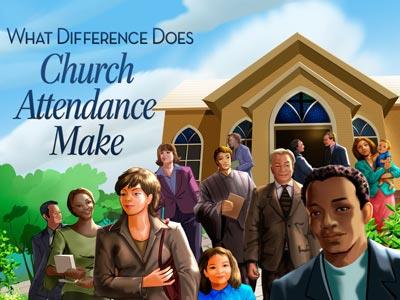-
New Testament Church Planting Series
Contributed by Jason Jones on Nov 28, 2017 (message contributor)
Summary: Exposition of Acts 11:19-30 about the first Gentile church plant, its discipleship, and its mission
Text: Acts 11:19-30, Title: NT Church Planting, Date/Place: NRBC, 3/9/08, AM
A. Opening illustration: India--So I wrote in my journal, describing the aftermath of the October 1999 cyclone whose 200 mph winds and 30-foot tidal surge devastated the coastal areas of Orissa , India . Originating in the Bay of Bengal , the storm killed an estimated 100,000 people and domestic livestock, mostly by drowning. Government officials called it the costliest cyclone in Orissa’s history.
On January 26, 2001, an earthquake measuring 9.7 on the Richter scale jolted the state of Gujarat , India . In my journal, I described the epicenter at Bhuj: "The massive rubble of collapsed buildings looked like a bombed-out war zone." When an Indian Christian leader and I surveyed the area for a follow-up ministry of compassion, the people told us that more than 100,000 had died.
The tragedy of these consecutive disasters in India, like the horror after 9/11, leads us to a deeper contemplation of God’s purpose. Did God use these disasters to awaken people to their deeper spiritual needs? Can He use tragic events to create opportunities for local believers and missionaries to witness?
For decades we have prayed for an opportunity to enter the world’s second most populated nation. India ’s cyclone and earthquake have opened a door for ABWE to begin ministries of compassion to hurting people, allowing us to partner with dedicated Indian Christians in evangelism and church planting. In the three years since we began partnering with national believers in Orissa, 700 churches have been formed!
B. Background to passage: The church in Jerusalem is growing like wildfire. Persecution has arisen beginning in Acts 4, but going full scale in Acts 7 with the death of Stephen. Philip took the gospel to Samaria, and sent it to Ethiopia, then too it up the Mediterranean coast. Paul got saved, then run out of Damascus and Jerusalem, and is now in hiding in Tarsus. Peter has just led the first gentile family to Christ under the direct leading of the Spirit, and has convinced the apostles and elders in Jerusalem that it is of God. And Luke begins this text with a statement, like, “meanwhile not back at the ranch.” And what we begin to see is the church planting and missionary efforts of the church begin, as the first intentionally Gentile church is planted in Antioch (the third largest city in the empire), and begins to function as a church.
C. Main thought: In the text we will see the planting, growth, and goeth of the first gentile church ever.
A. The Church is Born (v. 19-21)
1. We need to notice several things about the birth of this church. It was formed under the duress of persecution. Secondly, it was carried out by “average Christians.” You won’t find any apostles there, or famous disciples, or deacons (although one of the deacons was from the city). In fact, you don’t find any names at all! These disciples came and proclaimed the gospel to the Gentiles. The word used is euangellion, which means to tell good news, not to formally preach. And the result was that the Spirit moved through the proclamation of the gospel, and people repented and believed.
2. Rom 8:36, 5:3, James 1:2, 2 Cor 1:8-10, Heb 11:35-40,
3. Illustration: tell about the Korean refugees that were displaced to N. Korea and USSR in the 1930’s after the invasion of the Japanese (story in Piper’s sermon), speak about the Christian leader from the third world nation talking about the fact that those countries have been sending missionaries for years, just nobody writes books about them, tell about my convicting experience watching Way of the Master on Monday night with the question about $1000 per person that you witnessed to, Church Planting Prompts Evangelism Dr. Greg Fell, Rocky Mountain District Superintendent of the Evangelical Free Churches of America reports “Churches in their infancy have a 1 to 3 ratio of commitments to Christ per church member. By the time a church is 10 years old, the ratio drops to 1 to 75.”
4. God does not withhold, in fact, He designs suffering for the advancement of the kingdom and for our good. View sufferings ultimate cause as God, or at least His permission, for the advancement of the kingdom. Tell about the black pastor who concluded that slavery in the US was used by God to bring Him more glory in its destruction and racial reconciliation, than if He had never allowed this injustice in the first place. Embrace suffering for the cause of the gospel. Do not look for recognition, but for ways to get Christ recognition. Look for ways as “average Christians” to share Christ. Talk about my discussion with Matt about the pattern that we see in Acts. Our role as the sponsor church, and some of yours as the core group that will leave NRBC and go with the new church plant is to do the work of evangelism now and when that church starts. So be trained, take the gospel to those around you.

 Sermon Central
Sermon Central



